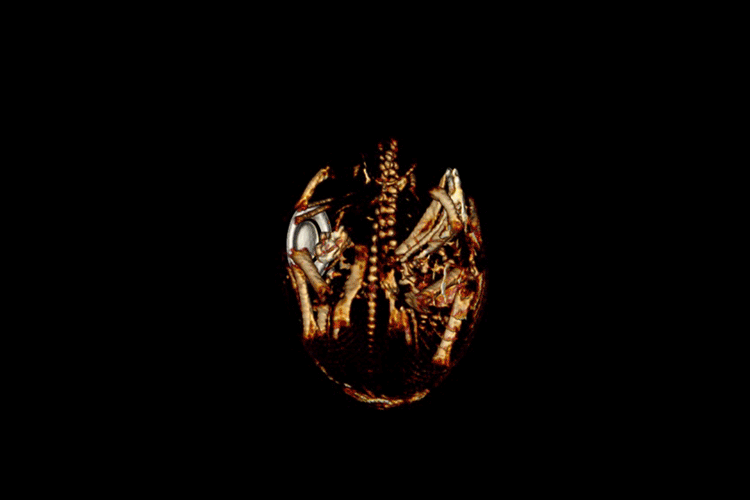
[ad_1]

Microscope image of modern cyanobacteria called oscillatoria
Shutterstock / Ekky Ilham
Researchers have identified photosynthetic structures inside fossils of cyanobacteria that are 1.75 billion years old. The discovery is the oldest evidence of these structures to date, providing clues into how photosynthesis evolved.
Emmanuelle Javaux at the University of Liège in Belgium and her colleagues analysed fossils collected from rocks at three sites. The oldest site was the roughly 1.75-billion-year-old McDermott Formation in Australia, and the other two were the billion-year-old Grassy Bay Formation in Canada and the Bllc6 formation in the Democratic Republic of the Congo.
From these rocks, the researchers extracted fossilised cyanobacteria, which produce energy through photosynthesis. “They’re very tiny, less than a millimetre, so you cannot see them with your eyes,” says Javaux. She and her colleagues placed the fossils in resin and sliced them into 60 to 70-nanometre-thick sections using a diamond-edged knife, and then analysed the internal structures with an electron microscope.
They found that the cyanobacteria from Australia and Canada contained thylakoids, or membrane-bound sacs where photosynthesis occurs. “These are the oldest fossilised thylakoids that we know of today,” says Javaux. Previously, the oldest thylakoid fossils were about 550 million years old. “So, we pushed back the fossil record by 1.2 billion years,” she says.
This is important because not all cyanobacteria have thylakoids, and it is unclear when these structures, which made photosynthesis more efficient, first evolved, says Kevin Boyce at Stanford University in California. We can now date this diversification to at least 1.75 billion years ago, he says. The oldest fossils of cyanobacteria are about 2 billion years old, though other evidence, like geochemical signatures, indicate photosynthesis has been around for even longer than that.
It is widely believed that cyanobacteria drove the accumulation of oxygen in Earth’s atmosphere 2.4 billion years ago. “One idea is that, perhaps, they invented thylakoids at this time, and this increased the quantity of oxygen on Earth,” says Javaux. “Now that we’ve found very old thylakoids and that they can be preserved in very old rocks, we think that we could go further back in time and try to test this hypothesis,” she says.
Topics:
Source link




